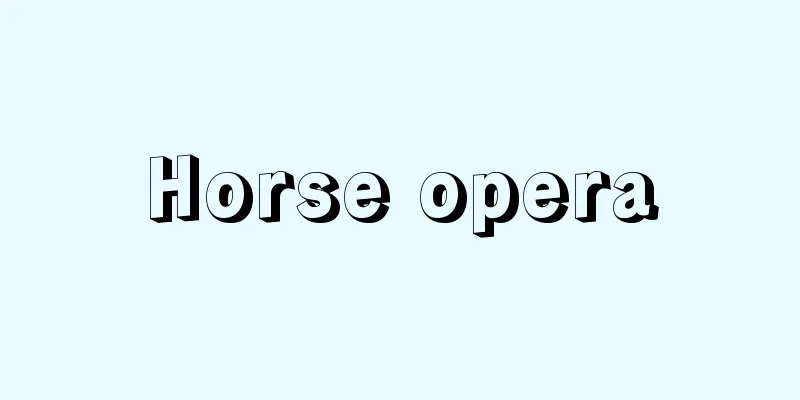Cold food festival - Kanshokusetsu

|
…In February, before the start of agricultural work, there is a spring shrine where people pray for a good harvest, and from the end of February to the beginning of March there are the Kanshiki and Qingming festivals. During the Kanshiki festival, fire is prohibited for two or three days, and people burn paper money and visit the graves of their ancestors. Later, people often insert willow branches into their gates or on their heads. … *Some of the terminology that refers to "Kanshoku-setsu" is listed below. Source | Heibonsha World Encyclopedia 2nd Edition | Information |
|
…2月には農作業の開始に先だって豊作を祈る春社があり,また2月末から3月初めにかけて寒食・清明節がある。寒食節には2,3日,火の使用が禁じられ,紙銭を焼いて先祖の墓参りをした。後には,柳の枝を門や頭に挿すことも多い。… ※「寒食節」について言及している用語解説の一部を掲載しています。 出典|株式会社平凡社世界大百科事典 第2版について | 情報 |
<<: Public office purchase - kanshoku baibai
Recommend
Olive Oyl (English spelling)
...He soon became the protagonist of a comic stri...
Chemical fiber - Kasen
〘Noun〙 Abbreviation of "kagakusen'i (chem...
Campidano Plain - Campidano Plain
…About four-fifths of the island is occupied by m...
Pseudoadiabatic change - Pseudoadiabatic change
…In the latter process, if the condensed water or...
α-Hydroxyphenylacetic acid - α-Hydroxyphenylacetic acid
…One of the aromatic hydroxy acids. Also called α...
Original - Honke
〘noun〙① The family line that is the main source. T...
Border Patrol
…In addition to ground security forces, they also...
Stronghold - Gajo
〘Noun〙 ("Kiba" means "tooth flag&qu...
Niederle, L. (English spelling) NiederleL
...Russia produced such linguists and philologist...
Hemingway, Ernest
Born July 21, 1899 in Cicero, Illinois [Died] July...
Ai(Ma) - Ai
A role in which a kyogen actor appears as one of t...
Closed fishing season
A period during which the capture and collection o...
Tannu-Uriangkhai (English spelling)
The Uryankhai people lived in northwestern Mongoli...
Little Lord Fauntleroy
A children's story written in 1885 by America...
Kunya
...There are many cases where the title of a job ...









